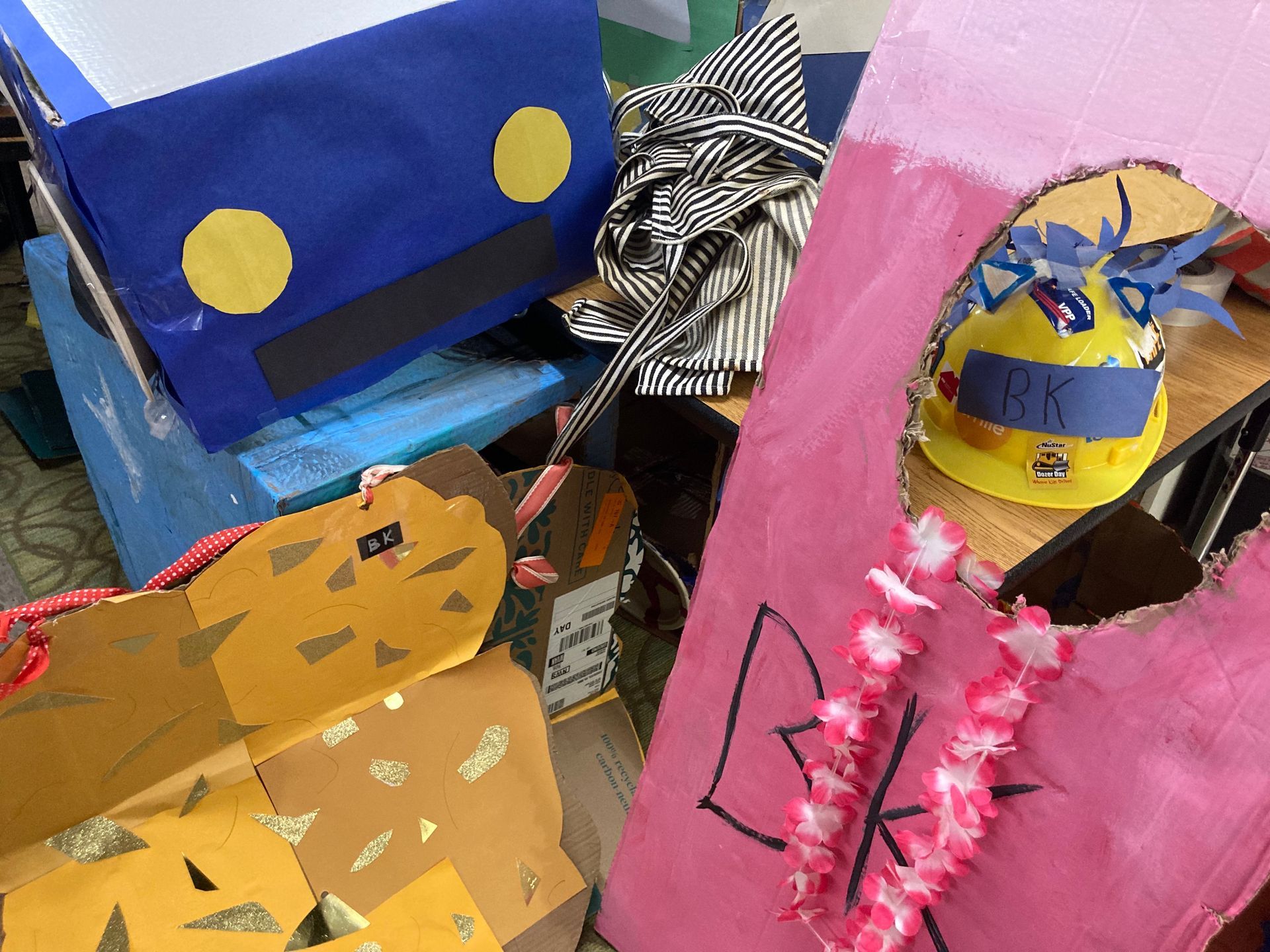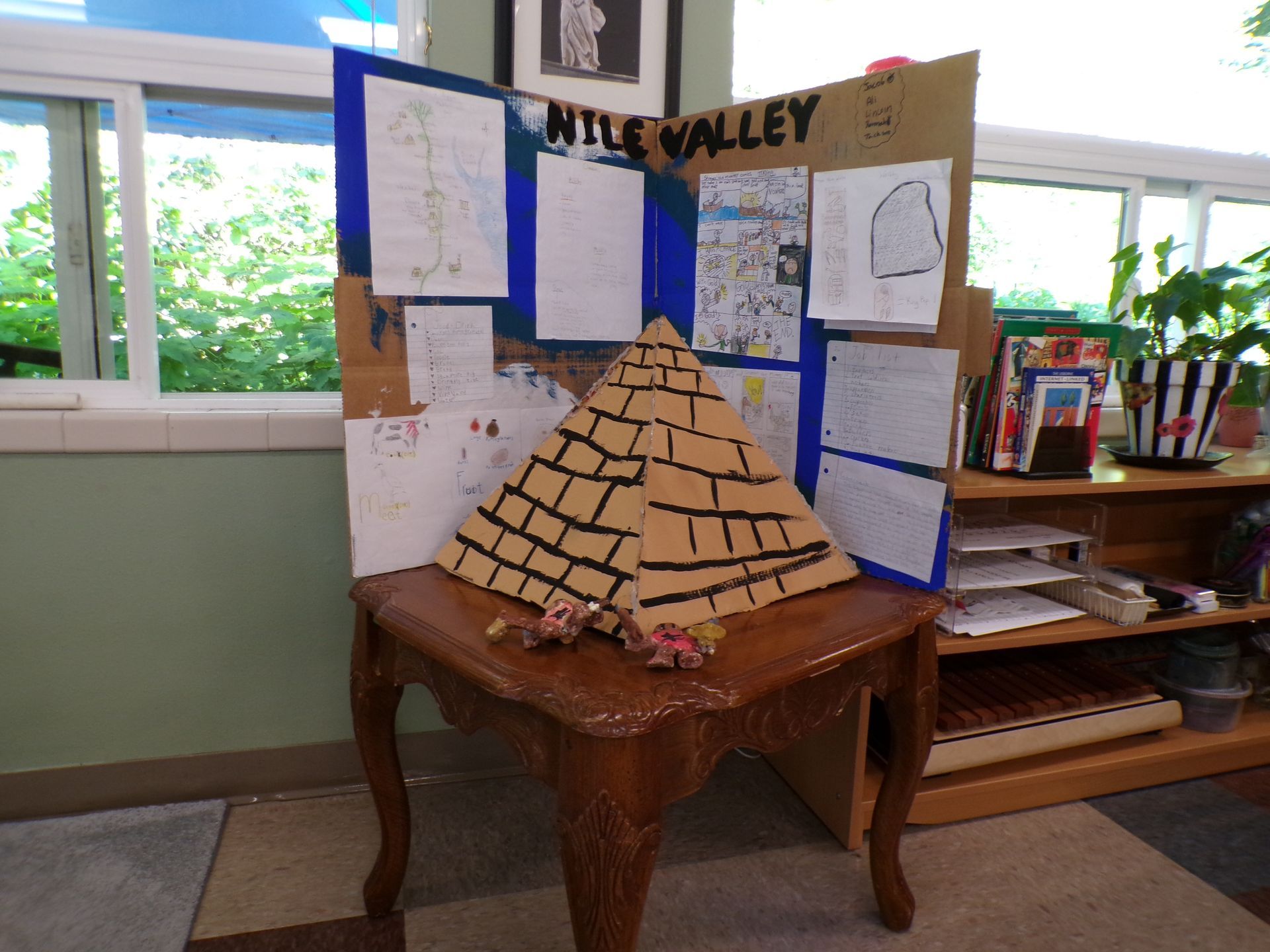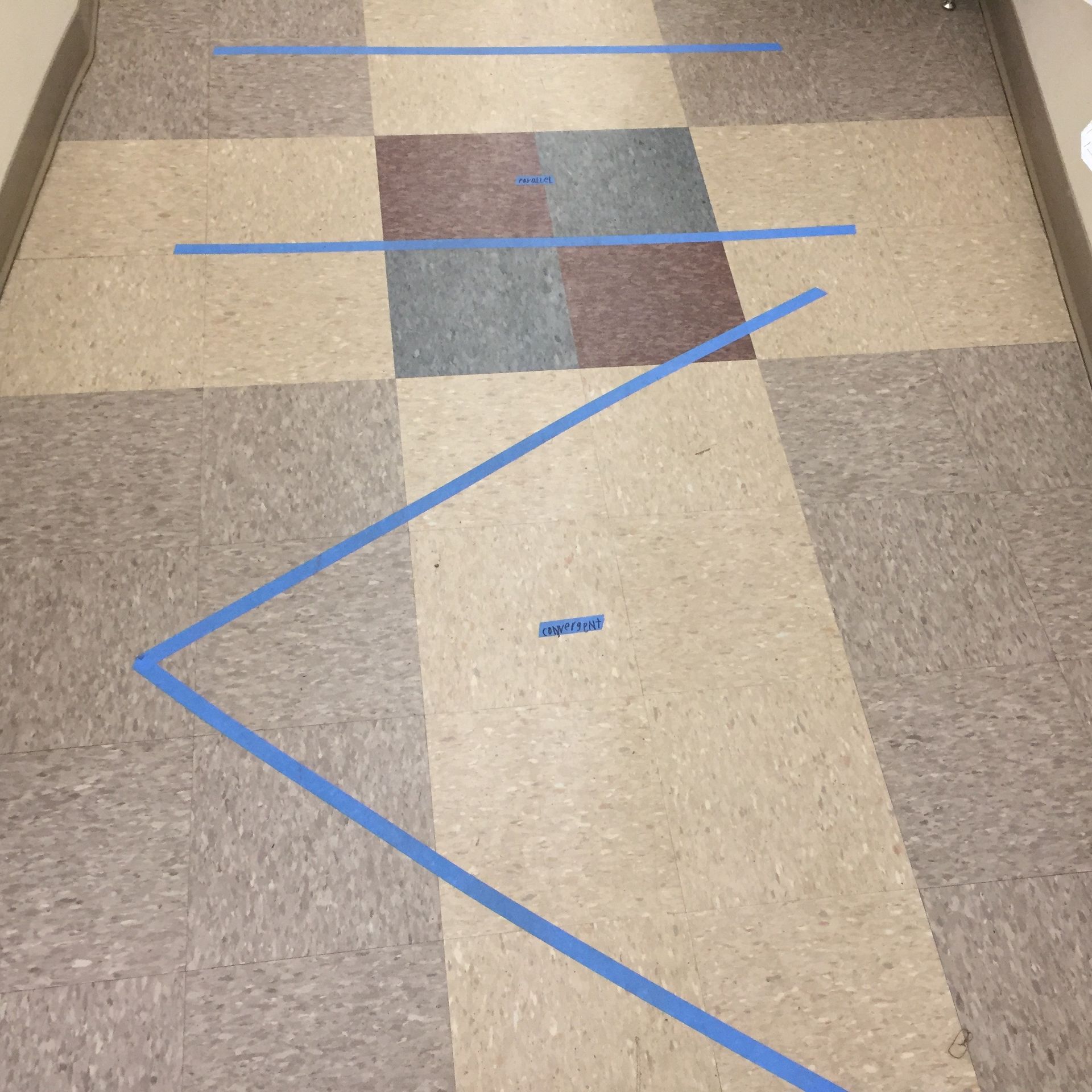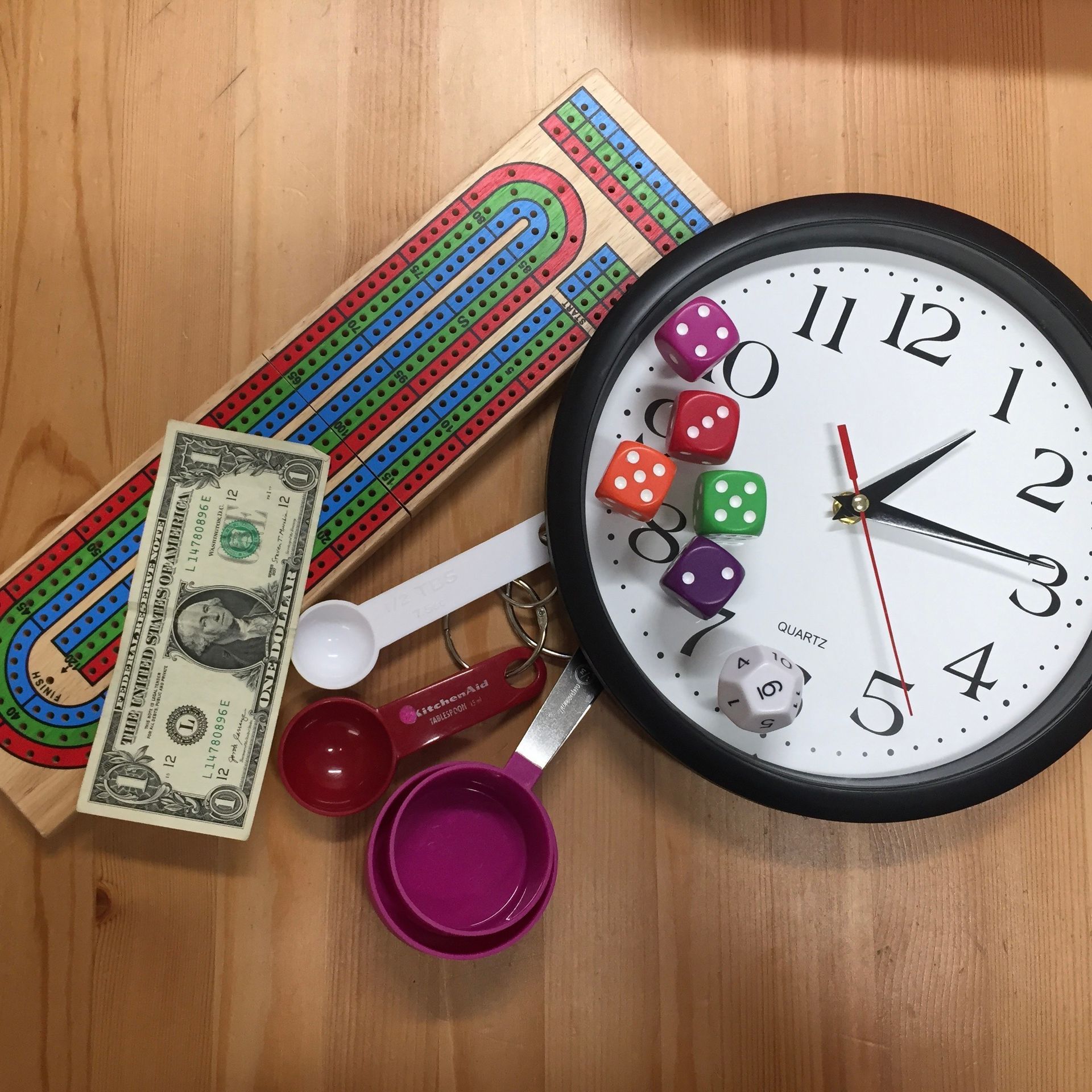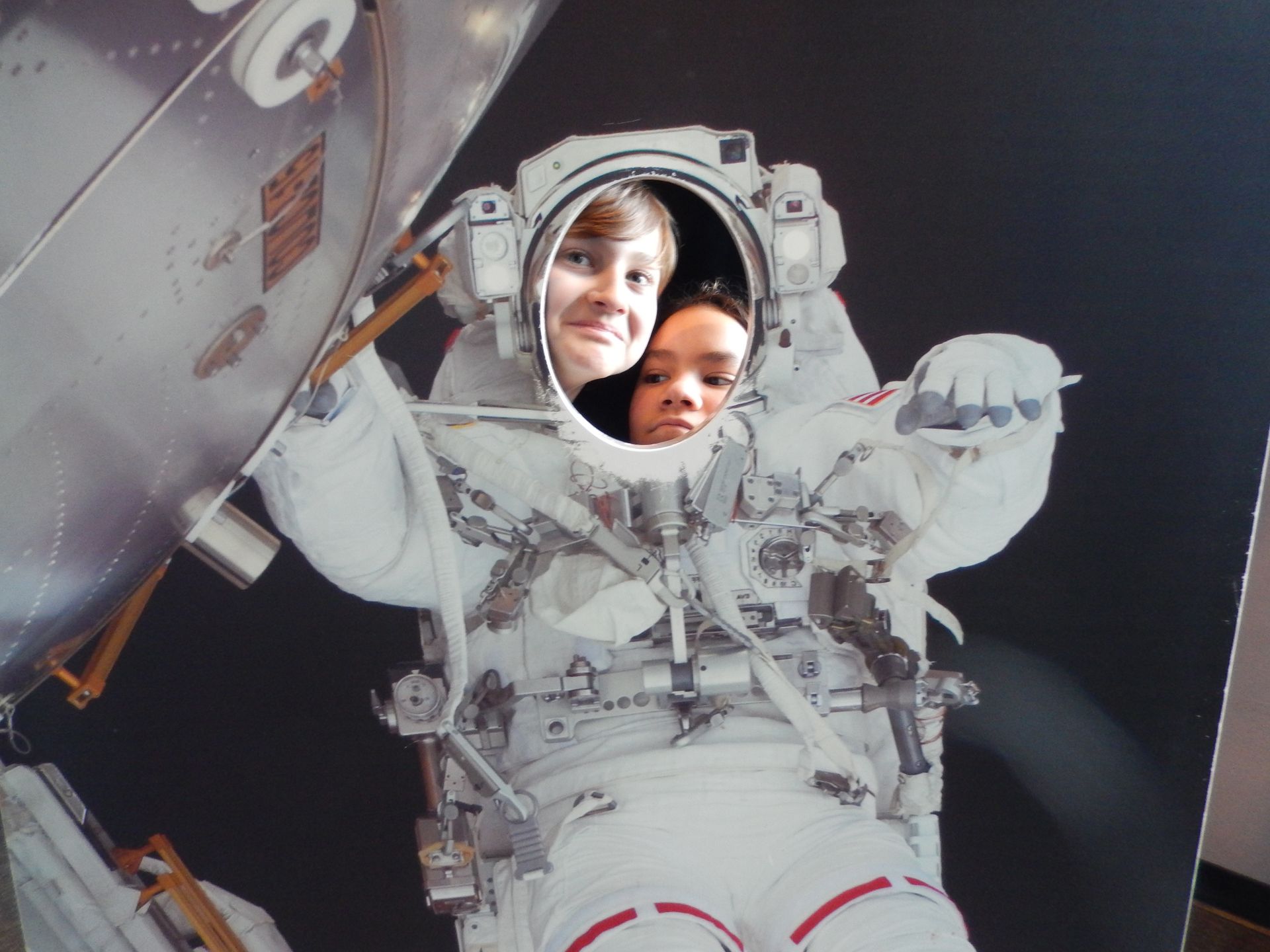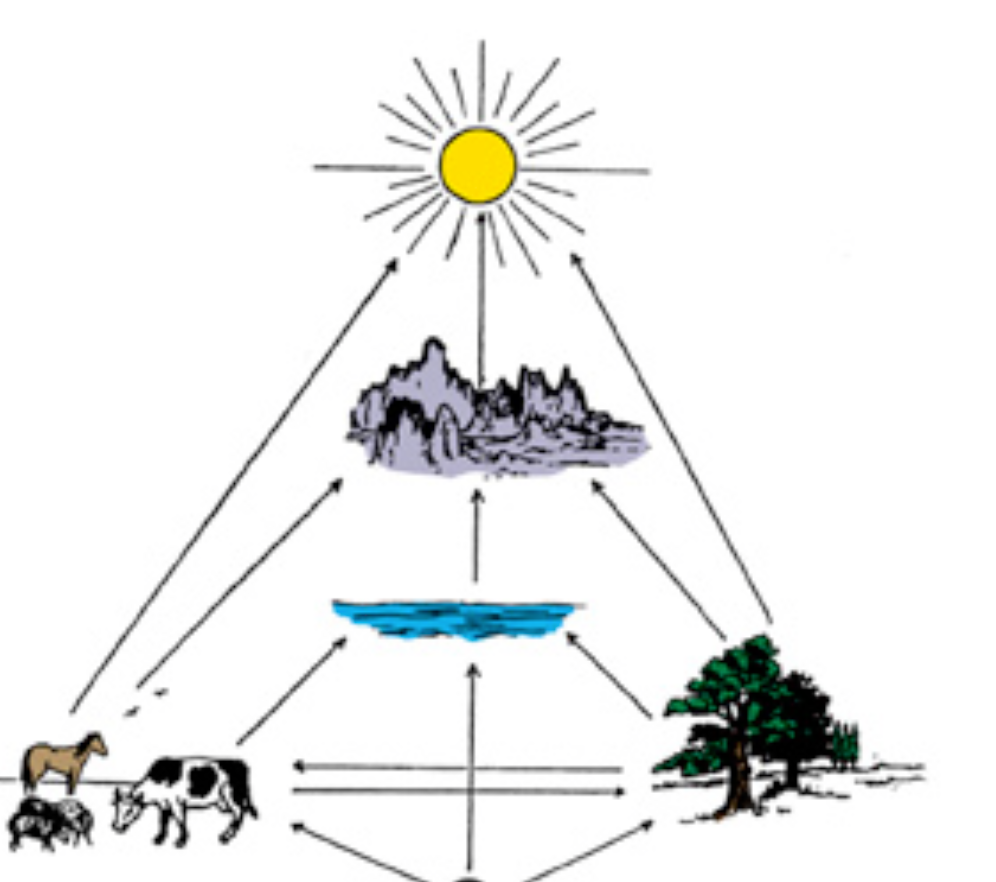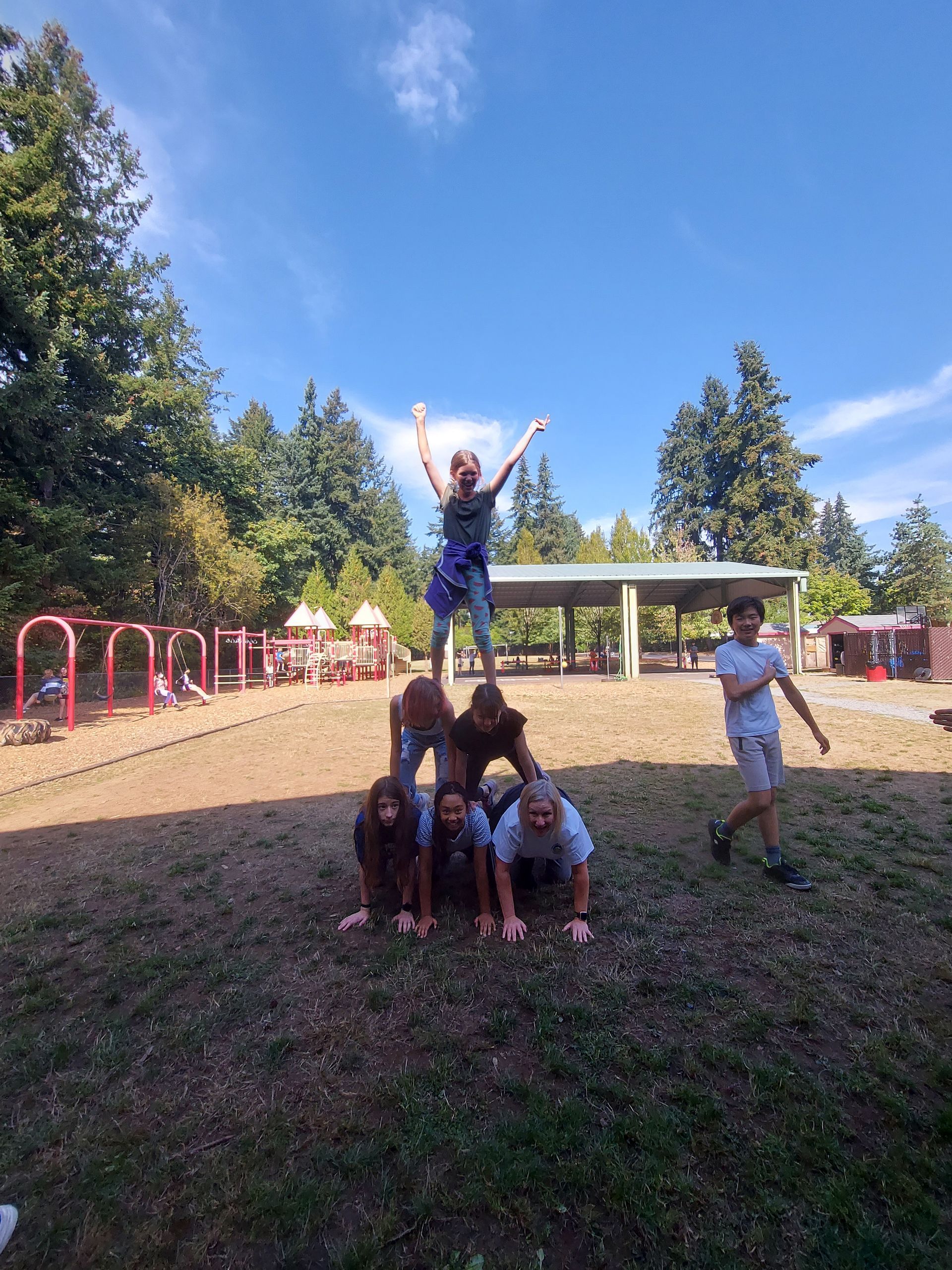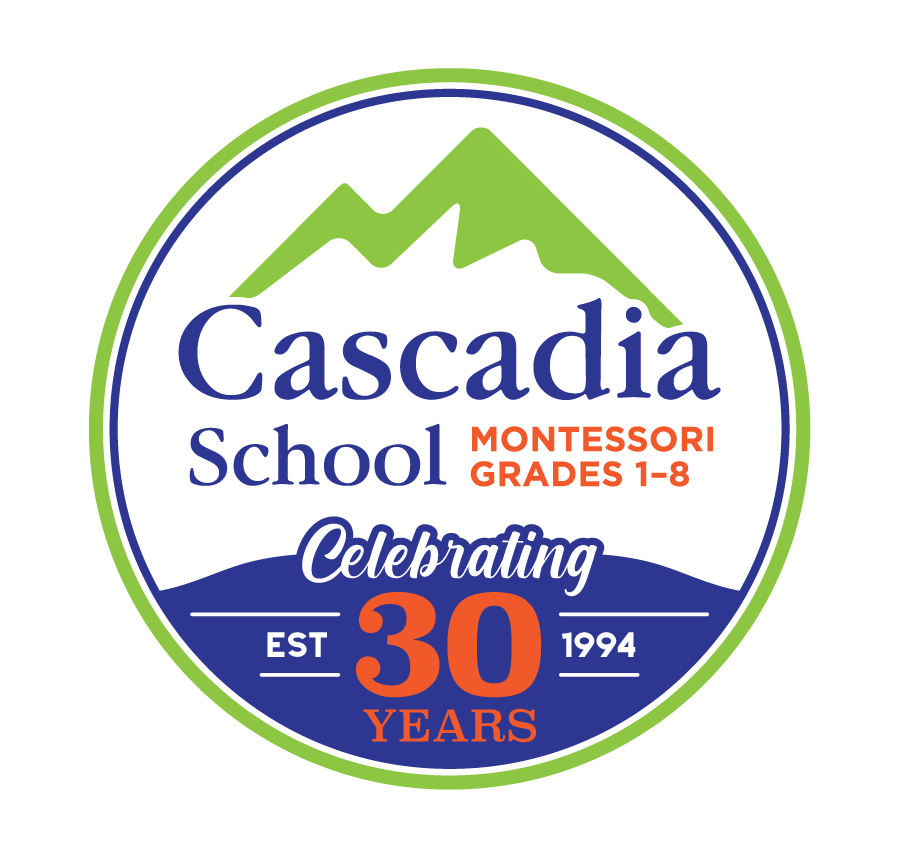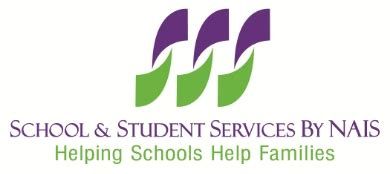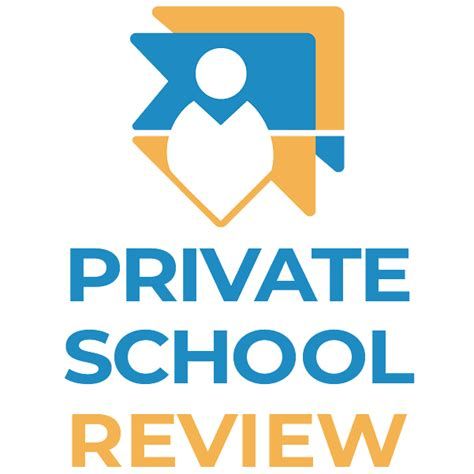What is the Importance of Routines in the Classroom?
Dear Maria,
Why is so much time spent on learning routines and procedures at the beginning of the year?
Sincerely,
Impatient
Dear Impatient,
If your child went to Montessori Toddler or Primary, you have probably heard about the importance of routines for young children. Predictability can help children become more independent because they will be oriented to what is coming next, and can start participating in the tasks associated with each routine. Think about it this way - would it be easier to learn a new skill if you see it repeated the same way over and over, or if every time you see someone doing it, it’s done a little differently? (More on routines for younger children HERE, in a blog from Montessori Parenting.)
With older children, although we no longer talk about a “Sensitive Period for Order” (this is a First Plane concept), routines are still pretty important! They are one of the constraints or boundaries in which adults can allow children freedom. An example for routines in the family: Yes, you can play outside after school as long as you like - until dinnertime, because we always eat dinner together. Adjust this example to your own family’s circumstance and habits.
The first weeks of school, each class community is brand new and lessons on routines and protocols take precedent over other kinds of lessons! In some of our classes, returning students may remember the routines (schedules, how you ask an adult a question, how you use materials, how you record work in your work journal, how you use the bathroom / fill up your water bottle / eat a snack etc.) from last year and may be asked to initiate and help new students. In our new Huckleberry classroom, many of the students are new to Cascadia, and so these lessons take on utmost importance!
What is the importance of routines in the classroom?
Because Montessori classrooms strive to be places where children can initiate their own activities, following their own interest and needs, we use routines and protocols in order for the classrooms to not devolve into chaos! They are the reasonable limits to the freedom children can enjoy in a Montessori classroom. For example, children may be allowed to use clay and paint. However, they would need to be clean it before lunchtime, because we use the tables to eat lunch on. In order to work with as much autonomy (and as few interruptions) as possible, it’s necessary for students to learn and adhere to basic routines of the classroom. These generally fall into a few basic categories:
- How we treat other people - this may include a “class contract” or class agreements, practicing conflict resolution throughout the year, and being asked to stop doing something if it is disturbing others, and leaving your work area tidy out of consideration for others.
- How we treat the materials, furniture, and other objects in the school - this includes learning where supplies are and how to put them back, working with Montessori materials as they were intended to be worked with, generally cleaning up after yourself and putting things back where you found them.
- How we go about choosing work responsibly & record our work (for conferences or check-ins with the adults in our room) - this includes coming to lessons when asked to, choosing a variety of work including some challenging things, and practicing lessons you have been given.
- How we treat ourselves - this includes learning about bathroom routines, water, changing shoes, remembering to bring weather-appropriate clothing and learning about healthy lunches, learning about relationships and how to deal with conflicts on your own.
It’s worth noting that if a child has not mastered something in one of the above categories, they probably won’t be allowed to do work that involves that skill (think about the clay & paint example above - if you can’t or don’t want to clean up your messes, it would be difficult for the class community if you continue working with clay & paint.)
At the beginning of the year, the adults (sometimes with the help of the older children in the classroom) set the boundaries by implementing routines and protocols. It has been found that a predictable environment helps children feel secure and supports learning.
This time of year, you will hear about guides and assistants guiding discussions about basic agreements in the classroom.You will find this happening at the beginning of the year in Montessori classrooms throughout the world. Having children state how they want to be treated and what they think is important gets a lot more buy-in from students than if adults simply state rules that are to be followed. It tells them their opinions matter and that THEY are the members of their classroom community.

PROGRAMS
Cascadia School is a 501(c)(3) Nonprofit Organization
Privacy Policy | Accessibility
Cascadia School
Cascadia School

